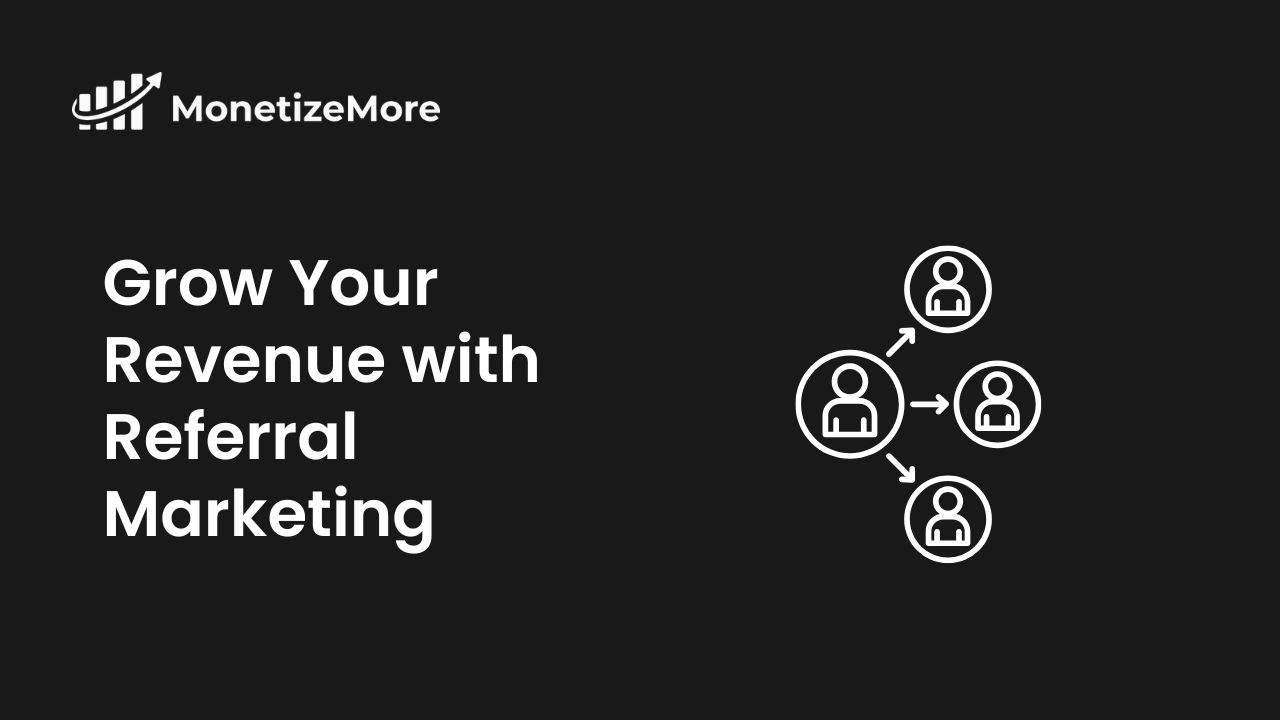
This post was most recently updated on September 6th, 2021
Google’s Exchange Bidding in Dynamic Allocation (EBDA) is now known as Open Bidding. It’s often more commonly been referred to as Google’s alternative to Header bidding. In a nutshell, it’s a server-to-server solution that enables a unified auction to take place where ad exchanges and SSPs bid on publisher ad inventory with Google Ad Exchange. Third-party exchanges compete for publisher ad inventory in real-time, with a server-to-server connection instead of the traditional waterfall auction method.
Keep in mind that we do not recommend focusing on Open Bidding alone. Instead, use a combination of Open Bidding and Header Bidding on your site for the best results. Let’s look at some of the differences between the two:
Similar to Header Bidding, you would also need to get your site approved and sign a contract with SSPs before you can run them via Open Bidding.
For complicated setups, Open Bidding is more straightforward to implement than Header Bidding. The reason for that is that Header Bidding might require some form of custom coding and development work, depending on the wrapper you use. In contrast, Open Bidding runs in Google Ad Manager and works with existing tags on your site.
Since it’s a server-side solution, it should also reduce some latency that publishers often experience if they don’t optimize their bidders for a Header bidding setup. Keep in mind that connections between third-party exchanges and Ad Exchange are made on a server-to-server basis. This can reduce some coding complexities presented by some Header bidding wrappers.
If a publisher’s ad inventory is eligible, they can take advantage of Open Bidding without additional technical development work needed. For publishers with limited experience and resources, this can be a great benefit.
We’ve created a guide on setting up EBDA/Open Bidding over here: https://www.monetizemore.com/blog/how-set-up-yield-group-structure-ebda/
Open Bidding can also be of great benefit to mobile app publishers. Usually, their ad inventory gets sold through app mediation, which uses a list of yield partners called in a sequence after the dynamic allocation process. With Open Bidding, mobile app publishers can add their yield partners to a yield group so that all partners are called at once, and not in sequence. This way, they can compete for ad impressions in real-time during dynamic allocation. As a result, auction competition will increase and result in higher ad revenue.
You can find out more about how Open Bidding works here: https://support.google.com/admanager/answer/7128958
When it comes to reporting, you can expect to see aggregated Open Bidding information in your Google Ad Manager dashboard, including information on impressions, bid requests, ad revenue, etc. Information on individual bids is not yet available, something that you can see when running Header Bidding with MonetizeMore and using our PubGuru Ad Inspector plugin.
Find out more about debugging your Header bidding setup here: https://www.monetizemore.com/blog/how-to-debug-your-header-bidding-setup/
Update: Recently The Trade Desk notified their partners that exchanges need to choose between Header bidding and Open Bidding. Their new supply policy will go into effect starting 22 April 2020. They are doing this to bring more efficiency to their market place.
EBDA or Open Bidding isn’t something brand new. It’s been on the market since 2017, and since it’s release, the need for Header Bidding hasn’t faded. It’s only become more critical to publisher success.
Open Bidding remains a quick and simple way of increasing competition within an auction and receiving higher bids for ad impressions while keeping latency at bay. However, Header bidding still brings in great results as well. From our tests at MonetizeMore, we’ve seen that running a Header bidding solution such as PubGuru Header Bidding and Open Bidding side by side is the best way to optimize ad revenue.
Even though it’s sometimes simpler to set up Open Bidding than Header bidding, it still requires some work, and results vary between publishers. There is also a technical aspect related to it that some publishers might find difficult.
Want to find out whether you should run Open Bidding together with your current Header bidding setup? Or, are you having issues setting up Open Bidding? Sign up for a Professional account at MonetizeMore today!



10X your ad revenue with our award-winning solutions.